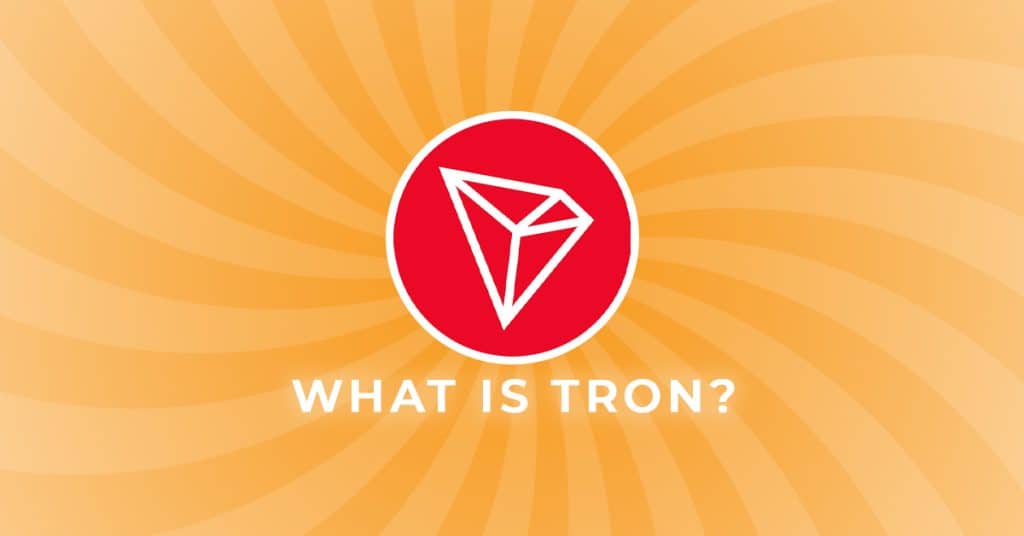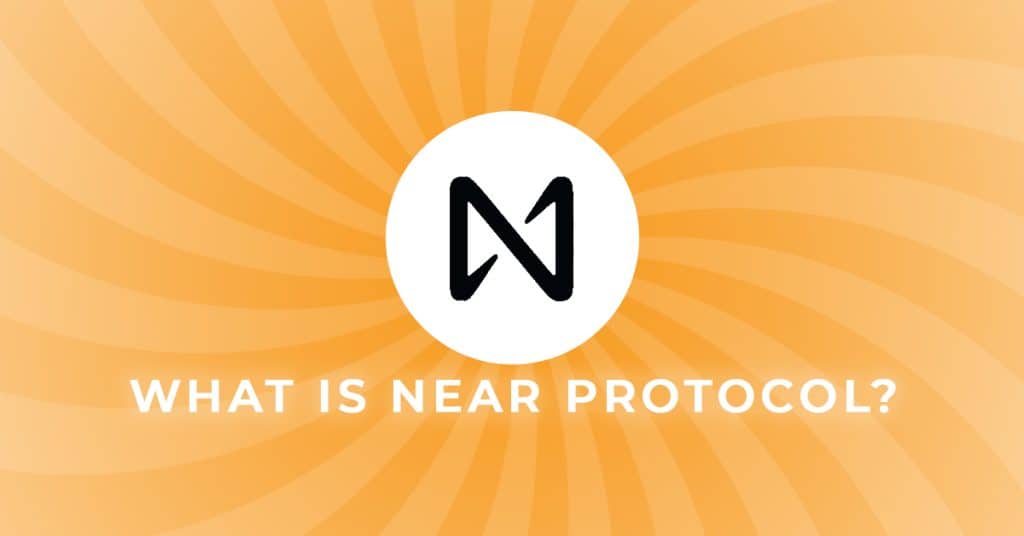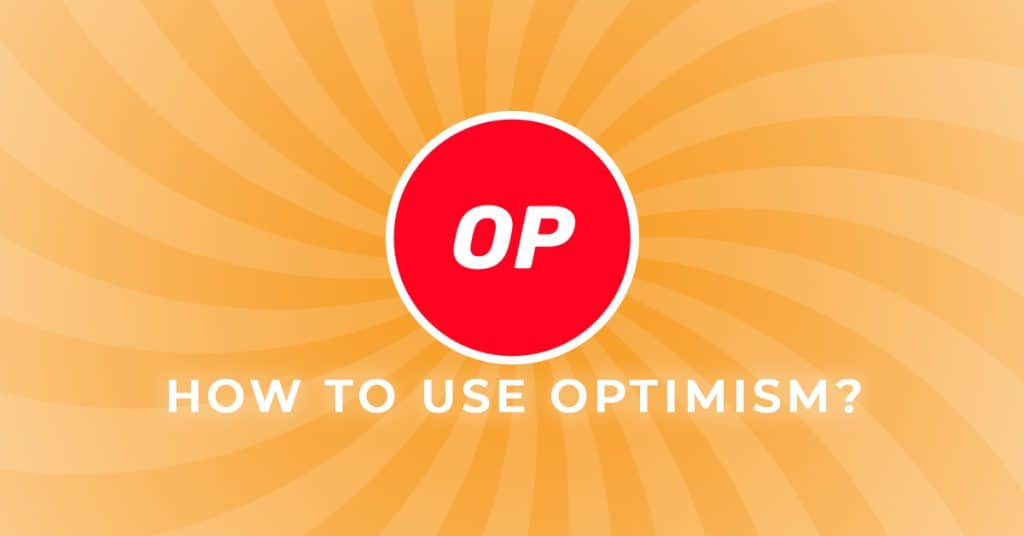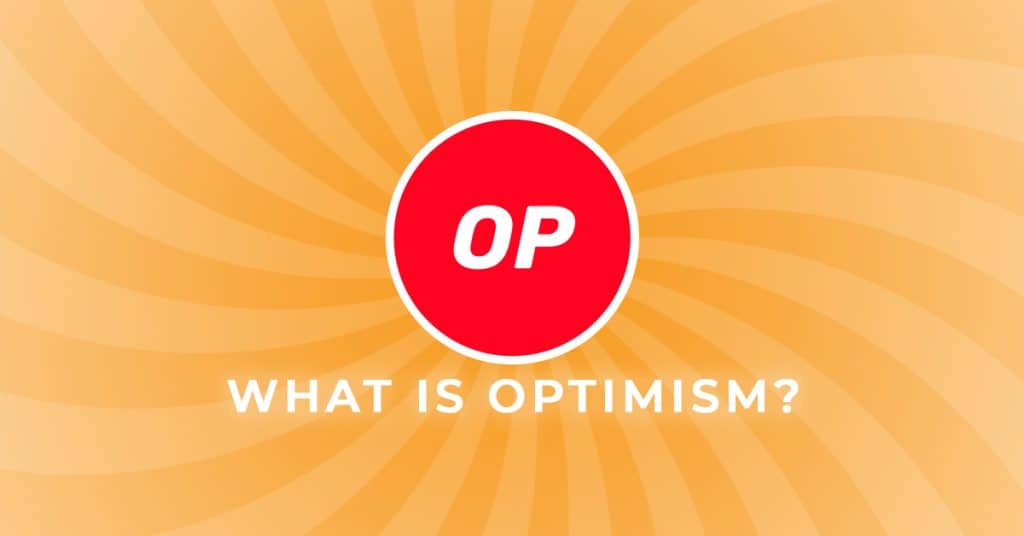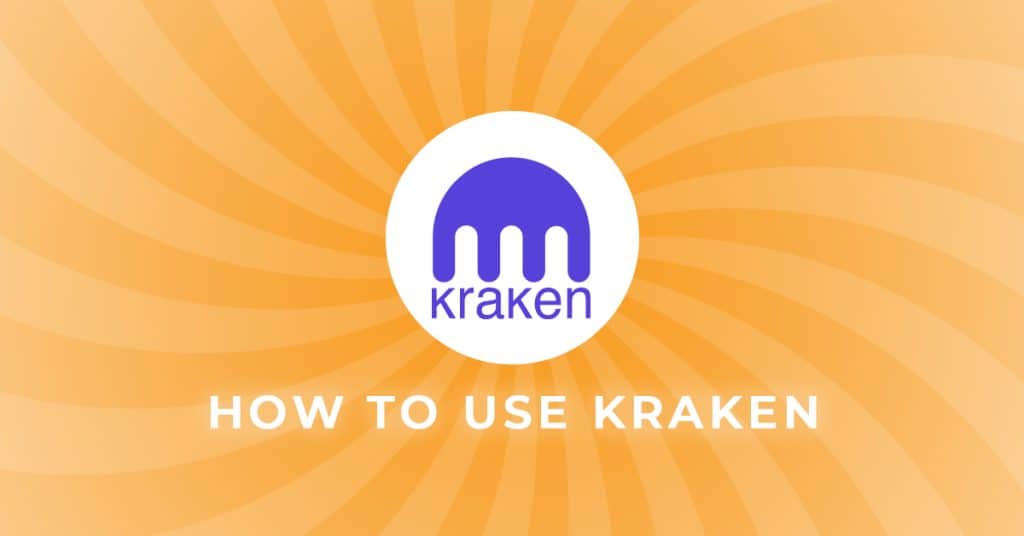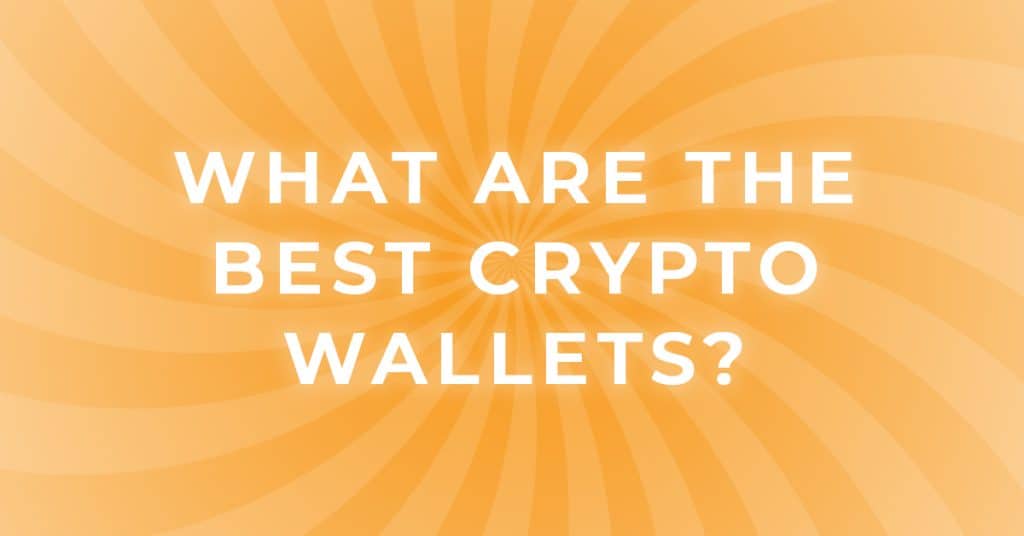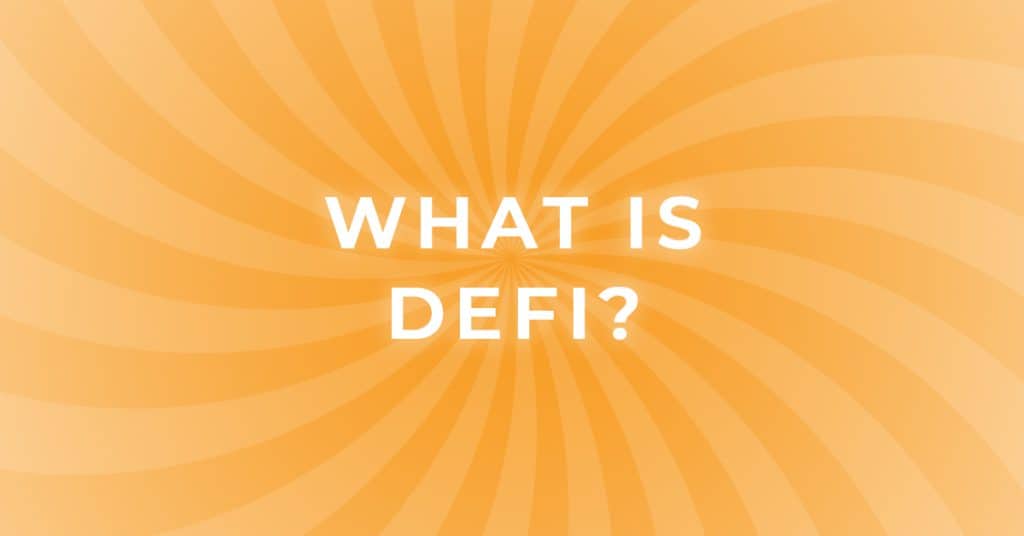What is Proof of Work Bitcoin Mining? | Explained for Beginners
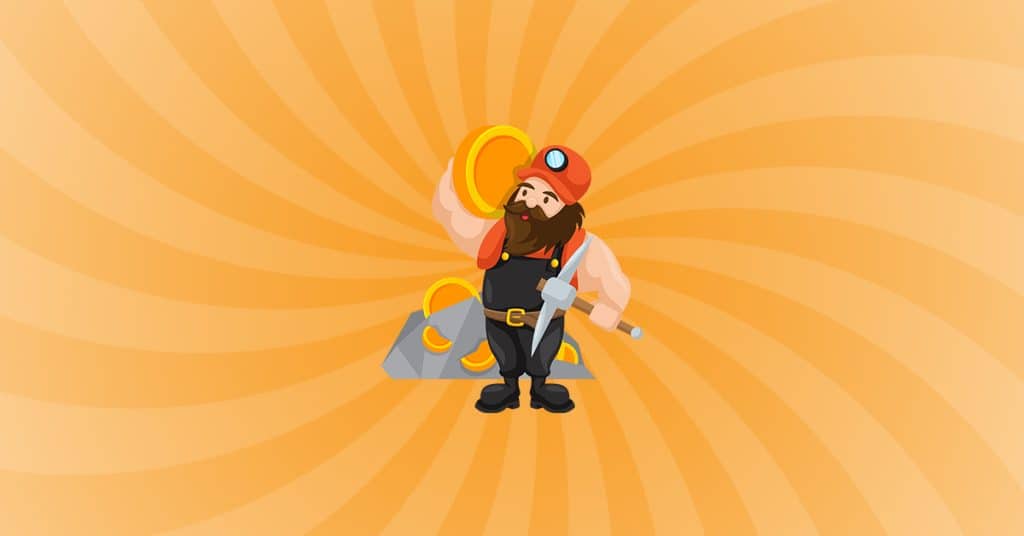
What is Proof of Work Bitcoin Mining?
Put simply, Proof of Work is a system used by some blockchains to secure the network and verify transactions by doing mathematical computations which require a huge amount of processing power.
Look, the first time any of us are included in a conversation about Bitcoin mining we leave confused and overwhelmed. “Proof of what now?” “Like turning in a work assignment?” Kind of like that. It’s actually a commonly overlooked bug for Bitcoin, right next to understanding Public & Private Keys. Not a bug in the traditional sense as it poses no real threat to Bitcoin. It’s just an unintentional side effect that happens when trying to understand how Bitcoin works.
Is Bitcoin The Only Proof of Work Crypto?
No! Although we are talking about Bitcoin primarily in this article, Bitcoin is far from the only coin to use a Proof of Work system. Other popular coins like Litecoin, Monero, Ethereum Classic, and Dash also use Proof of Work, as well as Bitcoin derivatives like Bitcoin Cash. Ethereum at the time of writing is also using Proof of Work, although it will soon transition to Proof of Stake.
To keep things simple this article will focus on explaining Bitcoin’s Proof of Work system, but it is important to know that there are many other networks running Proof of Work. Although it has dramatically fallen out of favor with new networks who prefer to use Proof of Stake mechanisms.
How Does Proof of Work… Well, Work?
Look, Bitcoin, and really Proof of Work more broadly, is complicated. So I want you to know that it’s not you, it’s just part of the design. There’s a reason why even the most technically advanced people in the world dedicate months of research before understanding this vital part of the Bitcoin Protocol. Without getting too technical, I’m here to help give you some helpful everyday examples you can apply to how Proof of Work (PoW) “works”. While this will certainly help you to understand more than you might already. This should indicate the beginning of your ability to understand PoW and Bitcoin Mining, not the end.
You’ve probably heard the word Consensus on your journey to understand more about blockchains. This is because every blockchain has some form of it. For Bitcoin, these are hard-coded rules built into the Bitcoin software. These rules can not be changed by anyone unless a large majority of users running the Bitcoin software called Nodes agree. Proof of Work is just one of these rules.
The rule is that in order to update transactions to the Bitcoin Network, a mining computer must provide digital verification (Proof) that it has spent the necessary energy (Work) to validate Bitcoin transactions. In return, these Miners receive a reward for their work. Bitcoin uses this process of validating every ten minutes and then chains together all current and previous results.
Originally this type of technology began as a way for one computer to prove to another computer that it didn’t have malicious intentions. Like spamming a network in what’s known as a distributed denial-of-service (DDoS) attack. To prove this, the computer connecting to the network would need to provide a small amount of computational data in order for the host to trust the connection. With everything we know so far, let’s put it into a real-world example that removes some of the nuances associated with PoW.
The School Test Example
Let’s think of Bitcoin as an Administrator who’s issuing a math test to thousands of individual students at once. The more students who take the test, the harder the test is. If fewer students decide to take the test it becomes easier (Mining Difficulty Adjustment).
Let’s also say that to entice these students into completing the test there’s a reward ($BTC). These students are actually computers and they represent all the miners in the Bitcoin Network. But, everyone is not in the same room taking their Bitcoin test. Each student is in an unknown location (Distributed Network) where they’re being monitored by the Administrator and connected with each other.
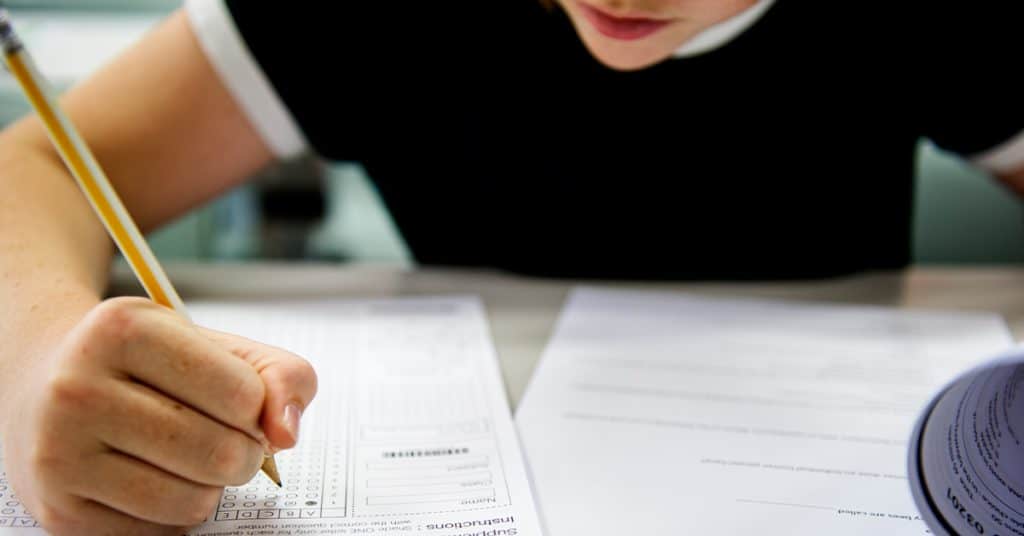
These students are each taking their Bitcoin test from transparent glass rooms (Open Source Code). Everything is visible to the Administrator and every computer participating. Any attempt to cheat or game the testing process will result in the immediate removal of those students. No exceptions!
Now imagine that only the first student to complete their test and verify all answers to be correct will receive a reward. Students can even work together (Mining Pool) to combine their power and work together to solve the puzzle, thus sharing the reward between say 10 students. Everyone is aware of this and in fact, everyone taking the test is paying just for the opportunity. Anyone who doesn’t finish their test in time loses anything spent and has to throw their answers in the trash, effectively losing all resources and walking away empty-handed.
The 10 students (Mining Pool) that turn in their results of the PoW test first and (more importantly) have verified all their answers are correct. That’s right! Everyone has to check with everyone else and agree that their answers are correct. Anyone with the wrong answers will be rejected by the other students. The Bitcoin Network “Administrator” is simply there to issue the test and oversee the process.
Once the test has been completed, all results are published by all students, and all resources used by the winning participants are then transferred and stored on the Bitcoin Network. These results are visible to everyone regardless of whether they take the test or not. Nothing can ever stop the publishing of these results (Censorship-Resistance), a concept better known as the Blockchain.
These blocks exist because of the Proof of Work test. Each test is a block, chained together and connected to each other “forever”. There’s no way to ever disconnect, alter, or change any previously accepted results (Immutability). These results represent all transfers to and from every wallet (Ledger of Accounts) across the entire Bitcoin network. Anyone in the world can participate in the PoW test as long as they have the ability to solve the equation.
What Are The Problems With Proof of Work?
While Proof of Work has proven to be a steady and reliable system for many years it is not perfect. There are many very real criticisms against Proof of Work.
- Bitcoin in particular uses an incredible amount of electricity. This has been a common point of criticism against the network. Yes, it use a lot of renewables. Yes, it is largely using untapped energy. Yes, it is a useful use of energy. But the total amount of energy used is really big.
- Scalability is probably the biggest problem with Proof of Work. While the system is super super secure. It is also painfully slow. Bitcoin only does around 5 transactions per second. Many new generation blockchains by contrast do hundreds or thousands of transactions per second. The Bitcoin Lightning Network, a scaling solution for Bitcoin, is changing the game around Bitcoin scalability though.
- High barrier to entry is another problem. To start off mining Bitcoin you are going to need to spend a huge sum of money. The makes it inaccessible to the vast majority of people.
How To Mine Bitcoin?
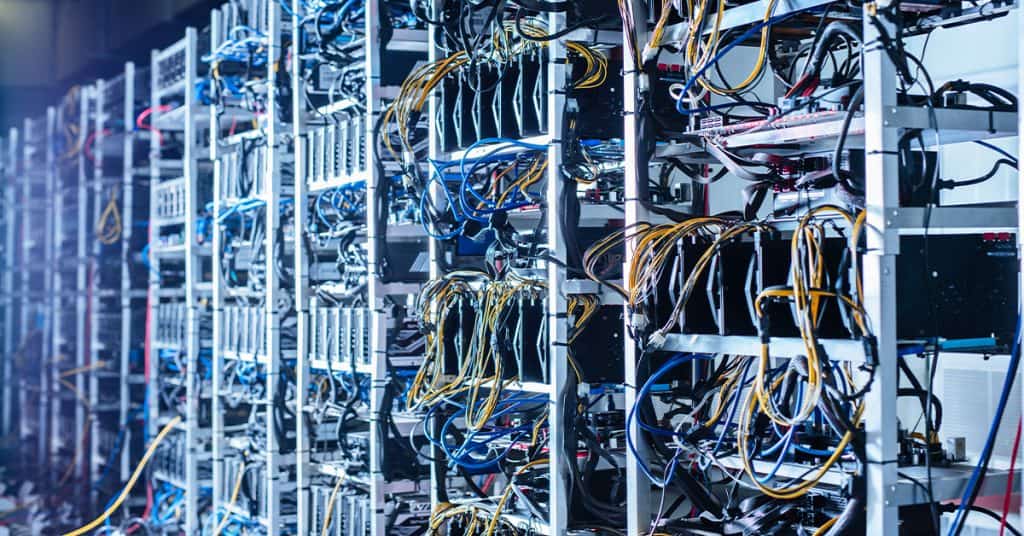
When it comes to the real world, and actually mining Bitcoin, everyone used to be able to use any computer to “take the Proof of Work Test” and earn Bitcoin as a reward. Unfortunately, this is no longer possible due to the high startup requirements. Now, by this point you are probably thinking, this is all great, but I want to start making the BIG money and mine some Bitcoin! If you do really want to mine Bitcoin then here are your options.
1. Buy Your Own Machines
Mining machines can be purchased from Bitmain and Avalon, who are the biggest manufacturers.
These are the costs you need to keep in mind:
- The machines are expensive to buy and will become obsolete relatively quickly as new generations of machines come out. Mining Bitcoin requires a dedicated location for ASIC also known as Application-Specific Integrated Circuit miners to operate from. It’s a fancy way of saying the computer has only one very specific use.
- You will need to pay import fees and shipping fees since the machines are made in China and must be ordered from the manufacturer in most cases.
- You will need a dedicated place to host these machines. They are super loud and super hot. Most mining is done in warehouses next to power stations. There are huge investments into cooling systems, ventilation, upgrading electric capacity and more. That being said you can probably run a few in your garage.
- You will need to have some technical know how in order to run them, and troubleshoot any small repairs.
- You will need really cheap power to be able to profitably mine BTC. Big miners are able to move country when need be, and regularly cut sweet heart deals directly with power producers. Can you do that?
2. Cloud Mining
As you dig more into BItcoin mining, you will come across something called “cloud mining” which essentially is someone else running the mining machines on your behalf and you can pay a much smaller upfront cost. While the numbers often look good on the day that you buy them you must be aware that most cloud mining is a SCAM, and the few legitimate operators that do exist often have terrible terms which are so heavily in their favor that you are almost certain to lose. Our recommendation is to NOT CLOUD MINE, just buy Bitcoin instead. I know the prospect of mining Bitcoin and getting rich is enticing, but long gone are the days of mining on your laptop. It is now an industrial game. And the cloud mining companies are almost a guaranteed way to lose money or at the very best earn way less Bitcoin than if you had simply bought and held BTC.
Final Thoughts
This is only a short overview of Proof of Work, and part of what makes Bitcoin such an incredible Decentralized (No Central Authority) tool we love. Without going into hashing functions, block times, and other specifics. Andreas Antonopoulos explains it in relation to the pyramids “The existence of the pyramids being proof of a huge injection of actual labor. They couldn’t be faked or created with the snap of a finger.” This sums up the basics of PoW and how it relates to processing transactions through miners in the Bitcoin Network. If you’d like to dive deeper into Proof of Work, Bitcoin, and Mining I encourage you to check out this free copy of Mastering Bitcoin by Andreas Antonopoulos.
Check out some of these incredible Bitcoin Blockchain Visualizers!
- Transaction Street
- Bitcoin VR
- BitBonkers Audio/Visualizer
- Bitfeed Block Visualizer
- Bitcoin in 3D
- Supply Visualizer
- Bitcoin 3D Globe
- Bitcoin ChainFlyer
- Bitcoin Rain
- Bitcoin Heart Monitor
- Audio Transaction Visualizer BitListen
- The Bitcoin Network is represented as a City
- Real-time Bitcoin World View
- Network Map of all reachable Nodes
Explore the Bitcoin Network with Mempool Block Explorer

